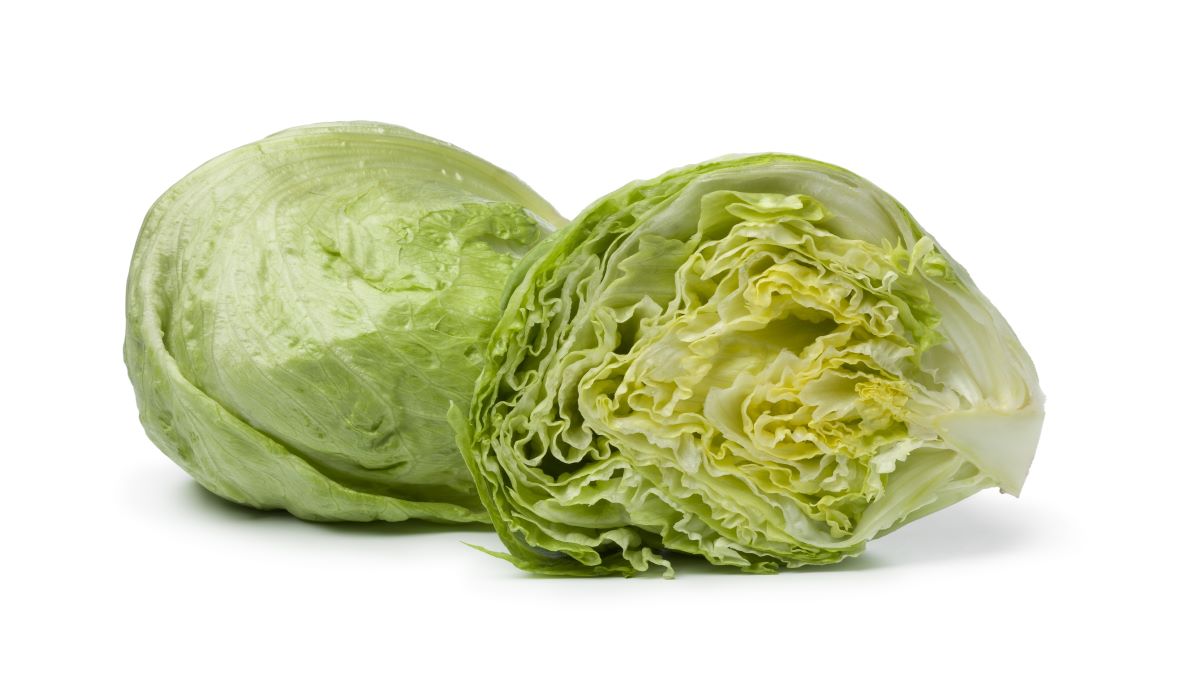The Food and Drug Administration announced today that it will be collecting and testing samples of lettuce grown in California’s Salinas Valley from local commercial coolers from May through November 2021.
The agency will test the samples for Shiga toxin-producing Escherichia coli (STEC), including E. coli O157:H7, and Salmonella spp. as part of ongoing surveillance efforts following reoccurring outbreaks linked to this region, including most recently in the fall of 2020.
The FDA testing program will direct sampling to be conducted at commercial cooling and cold storage facilities where field heat is removed from harvested lettuce and where the product is cold-stored before processing.
Testing may include a pre-cooled product, which is preferred, or a post-cooled product. Sample collection at commercial coolers helps the FDA efficiently obtain samples from multiple farms at centralized locations and facilitates prompt traceback and follow-up if contamination is detected, according to the announcement.
The agency plans to collect and test about 500 post-harvest samples of the iceberg, leaf, and romaine lettuce. Each sample will consist of 10 subsamples, each made up of one head of lettuce (trimmed, cored, and possibly wrapped), or in the case of romaine lettuce, loose leaves, or one package of hearts. The FDA’s laboratories will conduct all testing.
During this testing program, the FDA will take extra precautions to help ensure the safety of agency investigators and firm employees during the COVID-19 pandemic. FDA investigators will pre-announce their visits to firms per the agency’s COVID-19 safety practices. They will be outfitted with personal protective equipment (PPE) and will carry out their work while adhering to local, state, and applicable CDC guidance.
“Helping to ensure the safety of leafy greens remains a high priority of the FDA. This assignment adds to another work underway in collaboration with stakeholders in the California Central Coast growing region to identify where the recurring strain of pathogenic E. coli is persisting and the likely routes of leafy green contamination with STECs,” according to FDA’s announcement.
“This includes continued implementation of actions identified in the recently updated Leafy Greens Action Plan, including a multi-year longitudinal study to assess the environmental factors impacting the presence of foodborne pathogens in this region.”
If the FDA detects a pathogen such as E. coli O157:H7, the agency will conduct a follow-up investigation to identify potential sources and routes of contamination. Such investigations are designed to inform what additional preventive measures may be needed to help prevent outbreaks of foodborne illness.

